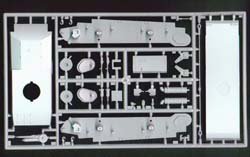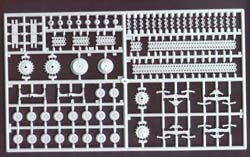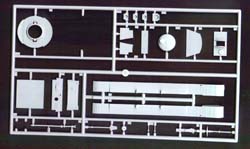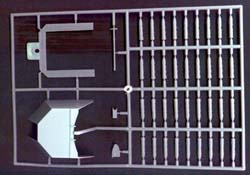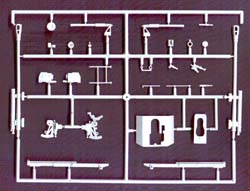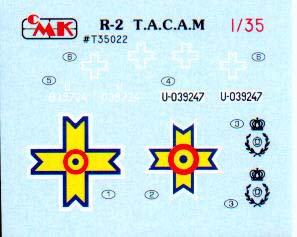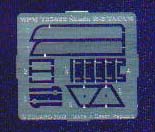CMK 1/35 PANZERJÄGER Pz.Kpw. 35t/R2 TACAM
By Ray Mehlberger
MSRP: $24.98 |
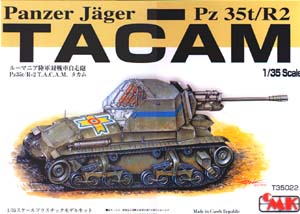 |
HISTORY:
In October 1934 the Czech Army placed an order for two prototypes of a medium tank called the S-11-a (or T-11) which were completed in the following year. Army trials with these vehicles started in June 1935 and soon uncovered many, many faults as a result of the tank's rushed development. Without waiting for these faults to be corrected an order was placed for a first batch of 160 vehicles in October 1935, and the first five of these were delivered in the following year. So many faults were found with these vehicles that these were returned to Skoda for modifications. A further batch of 138 was ordered for the Czech Army, which called it the LT vz 35, while Romania ordered 126 under the designation R-2. Gradually most of the faults were overcome and the vehicle gained a good reputation.
The Germans took over the remaining vehicles, after Czechoslovakia surrendered to them, under the designation Panzerkampfwagen (PzKpw.) 35(t) and a further 219 were built specifically for the German Army in the Skoda Works. Such was the shortage of tanks in the German Army at that time that the 6th Panzer Division was equipped with the Pzkpw. 35(t) in time to take part in the invasion of France in 1940. These continued in service until 1942 when most of these were converted into other roles such as mortar tractors (German designation: Morserzugmittel) artillery tractors (German designation: Zugkraftwagen) or maintenance vehicles which served with tank battalions.
It is not often realized that Czechoslovakia was a leading exporter of armored vehicles and artillery prime movers before WWII, with sales made to Austria, Bulgaria, Hungary, Latvia, Peru, Romania, Sweden, Switzerland and Turkey.
The hull of the LT vz 35 was of riveted construction that varied in thickness from 12 mm (0.47 in.) to a maximum of 35 mm (1.38 in.). The bow machine-gunner was seated at the front of the vehicle on the left and operated the 7.92 mm (0.31 in.) ZB vz 35 or 37 machine-gun, with the driver to his right. The commander/gunner and loader/radio operator were seated in the two-man turret in the center of the hull. Main armament consisted of a 37.2 mm Skoda vz 34 gun with a 7.92 mm mounted co-axilly to the right. Totals of 72 rounds of 37 mm and 1,800 rounds of machine-gun ammo were carried. The engine and transmission were at the rear of the hull. The transmission had one reverse and six forward gears. The suspension on each side consisted of eight small road wheels (two per boggie) with the drive sprockets at the rear, and the idler wheels at the front. There were four track return rollers.
An unusual feature of the tank was that the transmission and steering were assisted by compressed air to reduce driver fatigue, so enabling the tank to travel long distances at high speed. Problems were encountered with these systems when the tanks were operated by the Germans on the Eastern Front because of the very low temperatures encountered there.
In mid 1943, a team directed by Lt.Col. Constantin Ghiulai designed a self-propelled anti-tank gun for the Romanian Army. It was designated "T.A.C.A.M. Skoda R-2". A prototype was developed from July to September of 1943. This prototype was ready on October 24th, 1943 and was tested at the testing grounds at Suditi. On February 12th, 1944 a series of 40 vehic
Due to technical difficulties, only a small series of 20 production...and one prototype were produced at Leonida & Company Factory in Bucharest. It was armed with captured Soviet Zis-3 and F-22 UWS 76.2 mm L/42 guns and based on modified PzKpw. 35/R-2's design. The gun was mounted in a lightly armored superstructure (made by using armor plates from captured vehicles) which was open at the top and rear. The superstructure was mounted in the frontal part of the hull (in place of the turret on a pure LT vz 35 tank), while other components and characteristics remained unchanged. Only 30 rounds were carried, with a number of machine-guns for local defense by the three man crew.
|
|

